Where are we now with regards to Technology and early learning?
Since Development Matters (2012) was introduced we have been used to assessing children’s technology development against this Early Learning Goal within Understanding the World:

This is how I interpreted this statement and made sense of what children should be learning:

When I think how children can use technology for particular purposes, my planning in Reception sees technology as a tool for enhancing learning in all areas of the EYFS. I use technology across the curriculum:

Technology is used to teach reading, writing, art, handwriting, science, music, maths and so on. I teach children specific computing skills like pressing record, stop, play, select pens, erase, delete, open, close, focus when they are creating videos, animations, story images, photographs of nature.
What do we know about children?
The devices that children have access to are likely to all have cameras in. It’s common for young learners to open up camera apps and take multiple images, filling camera rolls with repetitive, purposeless photographs:

If you’ve introduced devices in your class or have young children of your own, the above example is probably familiar! Children might know how to open a camera and press a shutter button but they might not know what a photograph is and the purpose of digital photography as a communication or artistic tool.
We also know that parents and professionals have concerns about screen time. Internet Matters published this data in 2015 but after the pandemic it is reasonable to assume ownership and hours of use have increased:
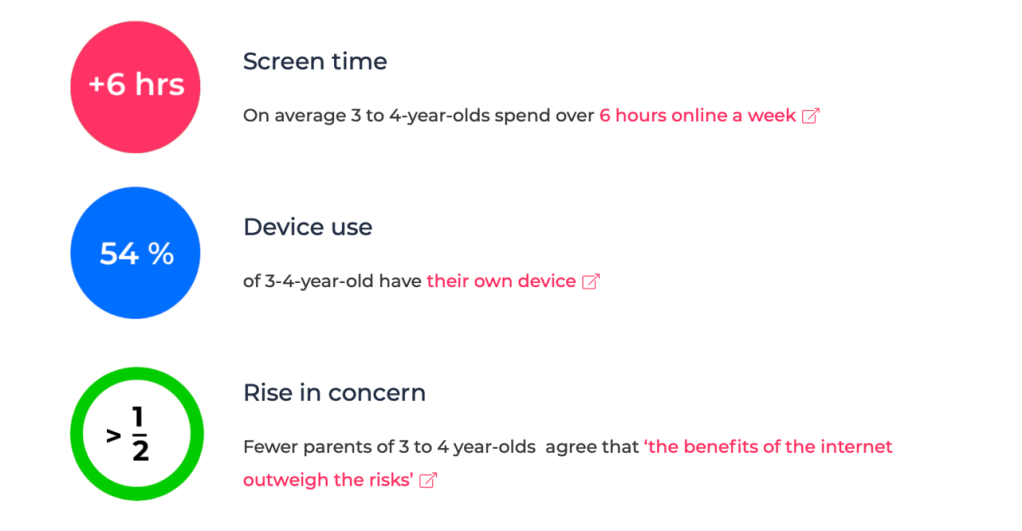
Where do we stand now?
It is highly likely that children start our settings having had early experiences using technology. They probably own a device of their own and/or have regular access to the internet. When looking closer at their screen time behaviour, they are more likely to be consuming on demand videos, digital libraries of music, plenty of games and seeing lots of photos and images.

Our young learners are consuming way more information than they are creating. When we think about technology’s purpose in this way, we realise that all screen time uses are not equal. In our settings we need to use technology in a purposeful way across the areas of learning so that children can create rather than consume. This will balance the scale or even tip it in favour of creating with technology in the same way children create with other resources in our enabling environment. They do not have these skills and we need to teach them how to create with technology in the way same we teach them to create with other tools.
To know that we are doing this well, we should turn to The Characteristics of Effecting Learning to evaluate our planning for technology.

If children are active, playful, explorative, critical and creative when using technology then the activity is a purposeful use. Then the scale of creating vs consuming will tip in favour of worthwhile screen time.
Development Matters 2021
You will be aware that the assessment of Technology will not be included in the revised Early Learning Goals and Development Matters framework. This is the same for Shape and Space. Julian Grenier points out in his book “Working With The Revised Early Years Foundation Stage Principles into Practice” that Development Matters is an assessment framework. It is not a curriculum. By only teaching towards Development Matters, children miss out on the bigger picture of learning. Grenier goes on to explain that this shorter revised version provides more freedom for professionals to do what is right for the children they are working with. He also writes about technology’s role in learning:

It is our responsibility to plan a Computing curriculum which includes the youngest learners in our schools and settings. We need to find purposeful ways for our children to create with video, photographs, digital images, sound recordings and control devices like floor robots. They also need to learn social skills, rules and responsible use when using devices and the internet. All of this should be done with The Characteristics of Learning in mind, making purposeful links to all areas of learning.
Examples of Activities
The following examples are photographs of children’s work from my classes from 10 years using technology in active, explorative, playful and critical ways across the areas of learning. You are invited to click links below which will take you to other posts on my website for a closer look at how you can plan for these activities too.
The World

Learn how children made a local area book
Communication
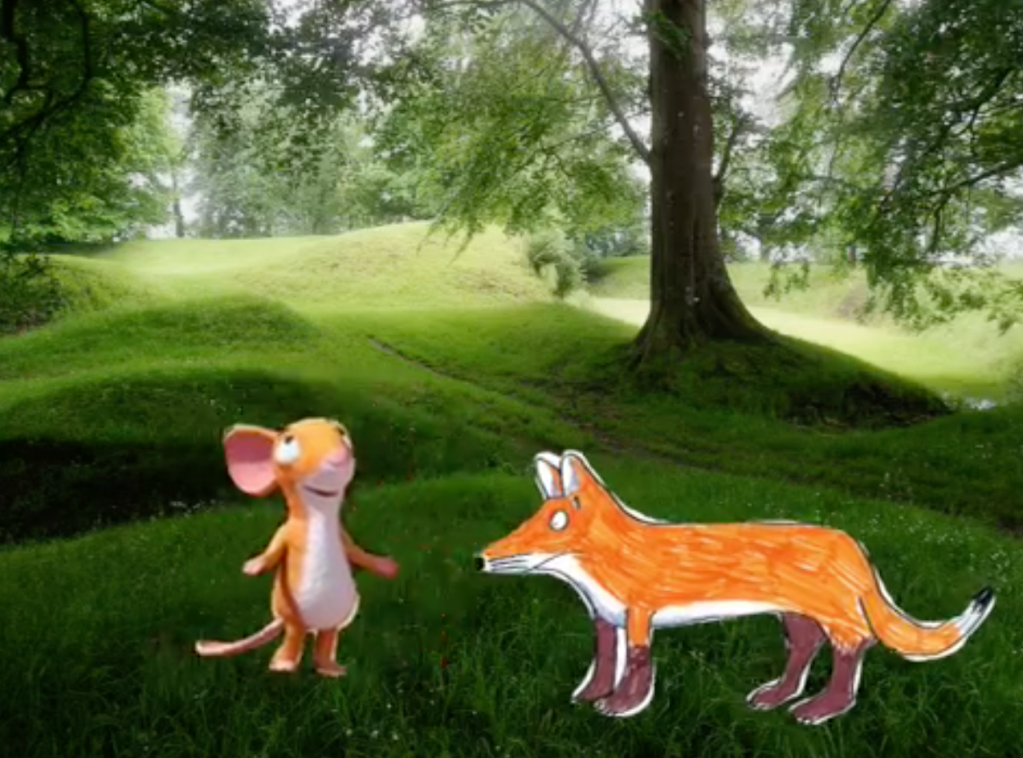
Learn how to use Puppet Pals so that children can retell stories with simple animations.
Learn how to use ChatterPix to animate still images with voice recordings.
Literacy

Find out how children can use photography and draw story characters to inspire writing.
Learn how to use children’s photography to inspire story writing.
Find out how you can make digital story books for children to listen to and read.

Discover how children can photograph the seasons to inspire writing.
Maths
Discover how children can use photography on a shape hunt with PicCollage.
Use Stop Motion animation to create animated shape pictures.
Make shape books about Bonfire Night.
Discover a simple counting app to problem solve within 10 and 20.
Expressive Arts
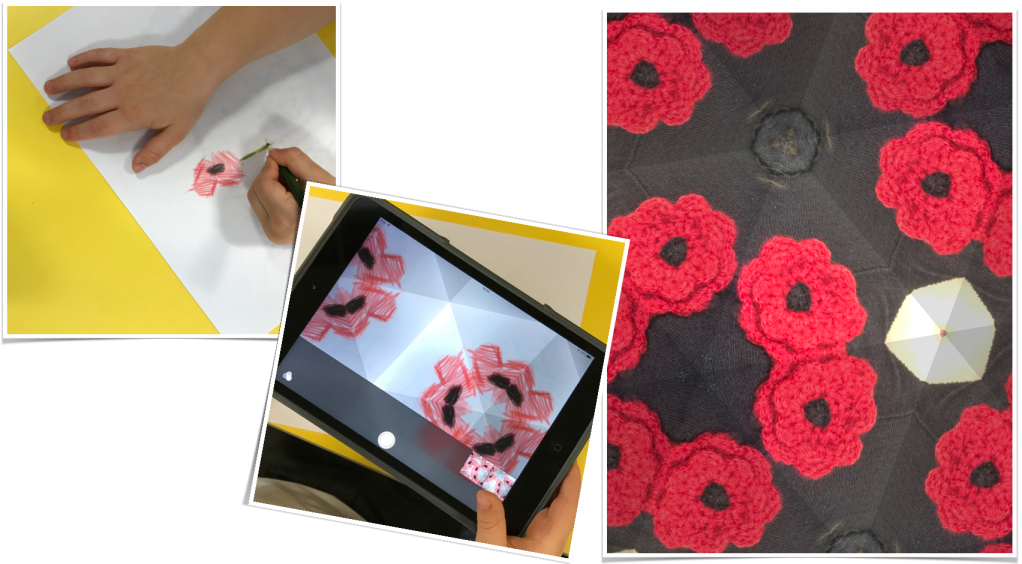
Learn how children can transform their drawings with the kaleidoscope filter in PhotoBooth.
Find out how animation can inspire painting.
Use photography and drawing tools to inspire Earth Day inquiry.

Physical Development
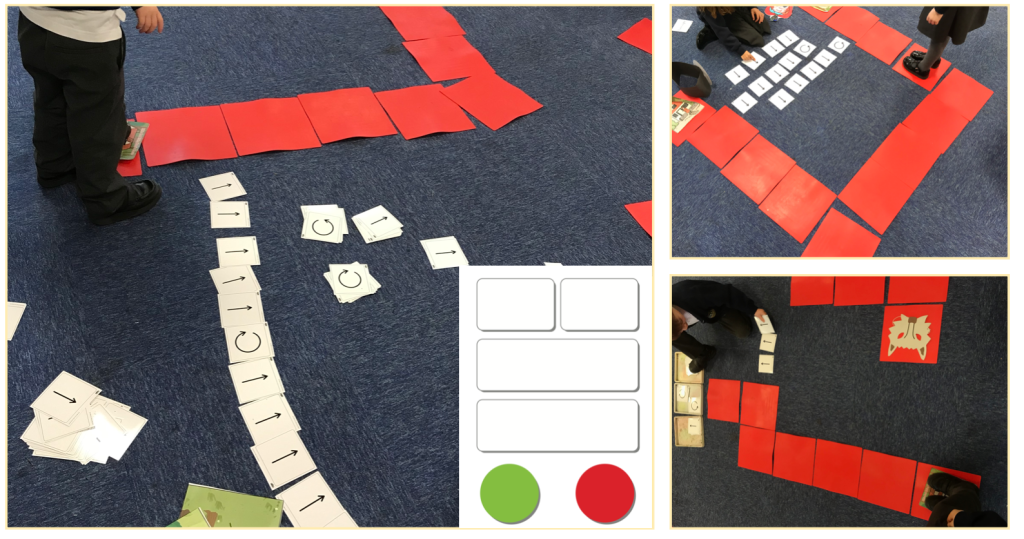
Learn how children can use green screen filming to make superhero stories.
Find out how children can use robotics and construction to learning coding skills.
See how children play practical games to learn computational thinking and communication skills.
Social Development

Discover age appropriate stories and apps to teach online safety to under 5s.
Download a free lesson to use with PENGUINPIG
Download a free lesson to use with MONKEYCOW

A Computing Curriculum Beginning in the Early Years

We need to design an ambitious curriculum for our early learners which includes Development Matters assessment but opens up learning beyond this revised framework. Technology can be used in active, playful and explorative ways to promote critical and creative thinking and should be purposefully across the areas of learning. This has been demonstrated in the examples above. Now we need to be clear on the Computing skills that children need to learn so that they can create in these ways. With this carefully planned purposeful use where skills are applied across the curriculum in playful, active and explorative ways then the scale of creating vs consuming will start to tip in favour of positive screen time experiences.
At my school, the Computing curriculum is designed with three elements:
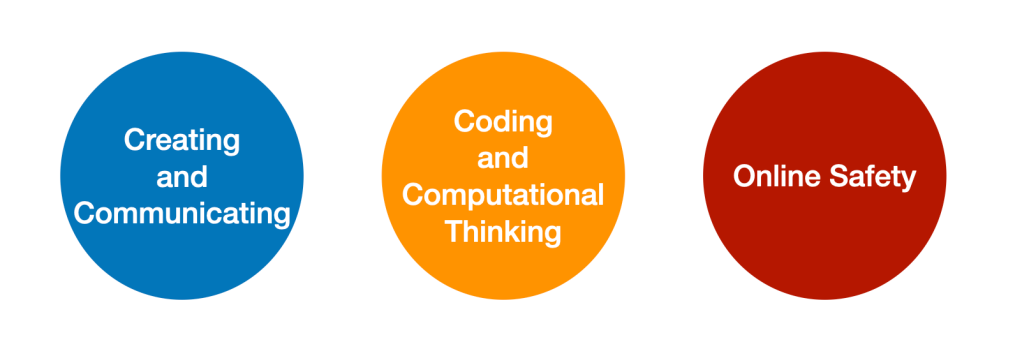
Here are examples of the progression of skills for each element, demonstrating how these computing skills begin in Nursery and Reception and progress through Key Stage 1 then onto Year 6:
Coding and Computational Thinking
Here is an example of how these elements are linked to inquiry themes each half term.

Free On-Demand Course
To hear me talk about the Computing curriculum beginning in the early years, you can view a recording of a free seminar here.
Further Reading

These free guides are available to download from Apple Books and help you to sequence technology activities throughout the school year. Download the Young Children Can Create series for free here.
These series of blog posts explain how a Reception class in Birmingham have used these activities for their Computing curriculum.

[…] early years, ipad, ipads, leadership, leadership and management, new curriculum, planning This Post Refers To Development Matters 2012. To Find Out About Technology and Development Matters 2021. Please Read This Post. The new EYFS […]